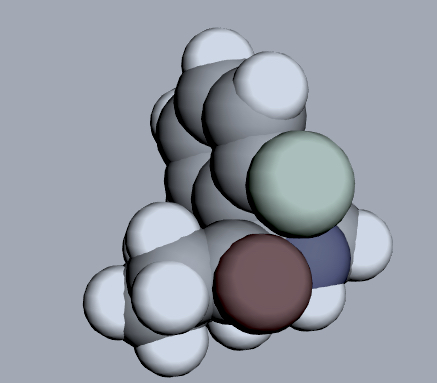FAQs
About Ketamine, Depression & the Anxiety Disorders
What is Ketamine?
Ketamine is a legal anesthetic with significant medical utility. Invented in 1962, it proved its value in treating wounded soldiers during the Vietnam War. It is well studied and—when administered by trained medical professionals—is very safe and effective. It is unique among anesthetic agents in that it is not an opioid, nor a narcotic; and it is not addictive.
How does Ketamine work in depression & the anxiety disorders?
NMDA Receptor on neurons are one of many locations in the brain and body where the ketamine molecule can interact. These parts of the brain are intimately involved in the regulation and processing of mood and are believed to have a significant role in the triggering of symptoms of depression and anxiety. It takes only a very small amount of ketamine to effectively modulate the NMDA receptor—far below general anesthesia doses. A very small amount of ketamine can cause a continuing effect on the NMDA receptor long after the ketamine treatment. The exact length of time varies for each individual.
When used as a neuro-pharmacological intervention administered as part of a comprehensive treatment program, Ketamine can accelerate the alleviation of symptoms and thereby “fast track” recovery from depression and the other anxiety disorders. With supportive and individualized treatment, a patient will have a much better chance of finding stable remission and long lasting balance in their lives.
Isn’t Ketamine an the illegal street drug?
While it is true that Ketamine has been inappropriately used for recreational purposes—primarily for the dissociative potential of visual and hallucinatory effects—such use has not been as wide spread as the recreational use of other narcotic drugs like marijuana, cocaine or opioids. Ketamine does not produce the euphoric highs and dysphoric lows typical of street drugs.
What are the benefits of Ketamine?
As an anesthetic, Ketamine is highly beneficial not only because of its analgesic and sedative-hypnotic abilities but also because of its cardio-respiratory margins of safety. Compared to other anesthetics Ketamine does not depress the respiratory or cardio vascular systems, especially when administered at low doses.
As an anti-depression medication, Ketamine has the major benefit of a fast acting effect relative to other anti-depression medications.
Are there potential side effects of Ketamine?
Ketamine was originally designed to be a “field anesthetic” for traumatic emergency scenarios like those on the battlefield, where medical equipment is minimal. Therefore, it has a margin of safety that rivals all other general anesthetics. Its cardio-vascular and respiratory effects enhance the body’s ability to survive severe medical situations rather than increase the risk of morbidity as do other general anesthetics. At very high (supra-anesthesia) doses, ketamine raises the heart rate and blood pressure which could be dangerous for those with heart conditions. At the very low, sub-anesthetic doses used for depression/anxiety suppression, these side effects are nearly unseen.
The occurrence of “dissociative” effects has often been described in the general press and medical literature as being a trance-like state where the individual may describe seeing unusually bright colors and “feeling strange”. Except in rare cases of patients with specific additional diagnoses, dysphoria or negative emotions are not reported. In fact, recent medical studies suggest that these dissociative effects are actually associated with an increase in positive emotions and overall anti-depression efficacy.
